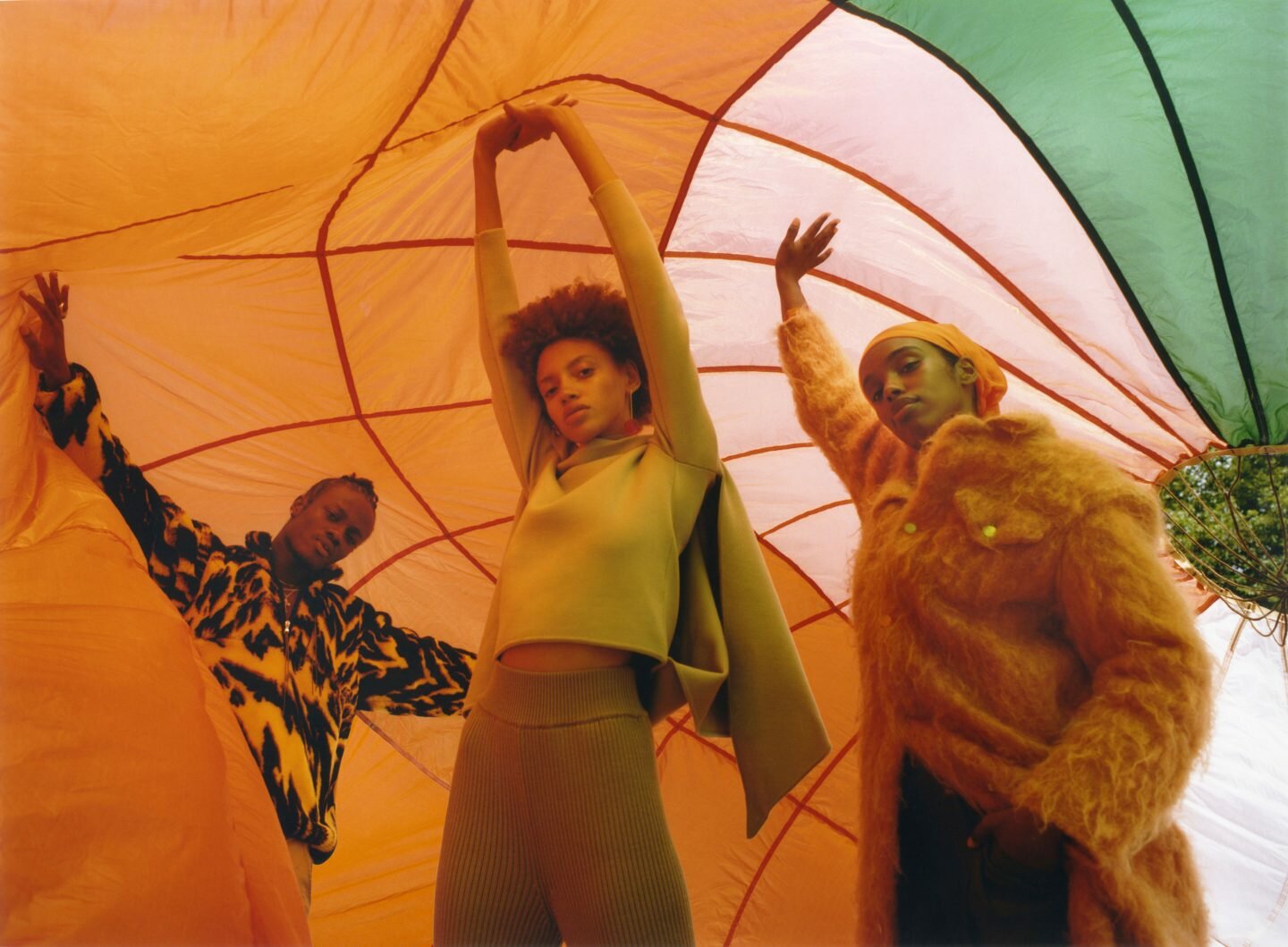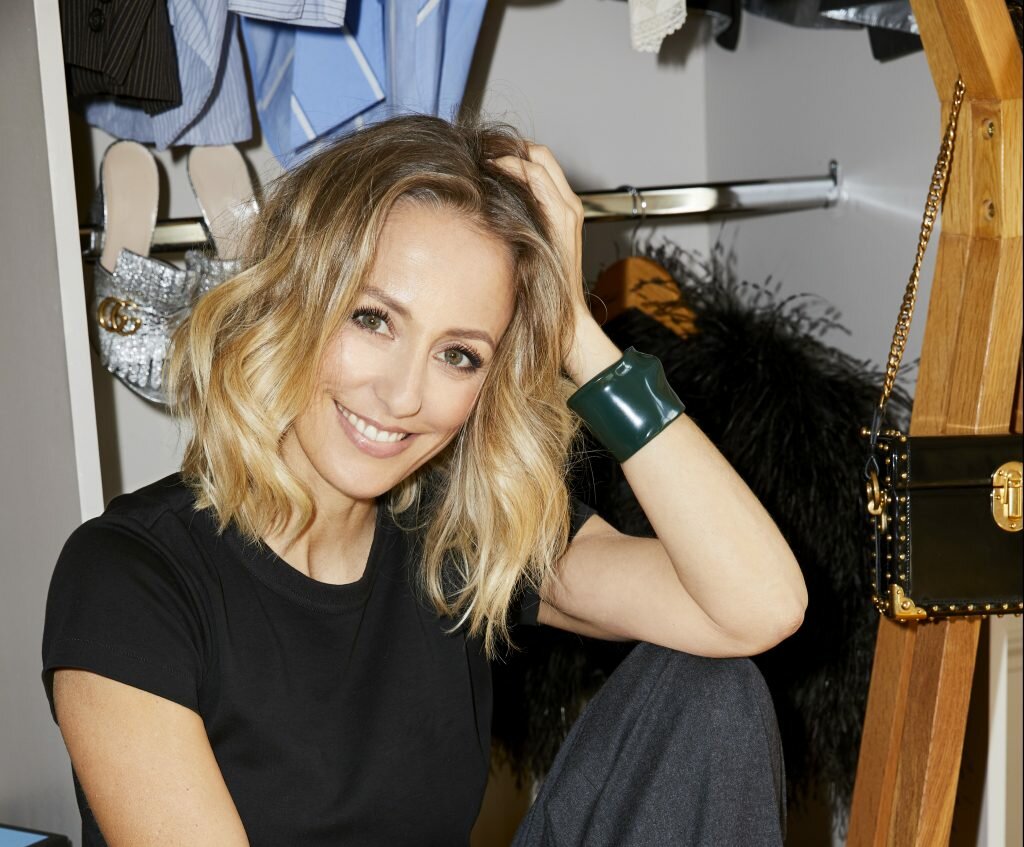Ever since the pandemic hit, I’ve noticed a shift in my shopping habits. What used to be weekly visits to Net-A-Porter and Matches Fashion has now migrated to the likes of resale platforms such as Vestiaire Collective, The Fifth Collection and The RealReal.
And it seems like I’m not the only one. As retail sales continue to slump — causing many huge departmental stores and independent labels to shut down — the secondary market is booming, shaping the resale industry to be one of the surprising winners to emerge from this pandemic.
While the market was already fast-growing before Covid-19 hit, it seems as if the global pandemic has only accelerated this process. A study done by Vestiaire Collective and Boston Consulting Group released in October 2020 estimates the current resale market to be worth in the region of US$30 billion to US$40 billion in revenue already.
Sellers are looking for ways to diversify their income, and buyers (like me) are in search of bargains that would give us that little hit of dopamine sans virus exposure risk when shopping in physical stores, or burning a hole in our bank accounts from buying brand-new goodies.
In fact, the study goes on to estimate that the market is set to grow by a compound annual growth rate of 15 to 20 percent over the next five years. Compare this to the primary luxury market, where even the most optimistic of forecasts show sales of luxury goods dropping up to 45 percent in 2020 alone.
These are numbers that even the luxury fashion industry can no longer afford to ignore.
How The Secondary Market Acts As A Gateway To The Primary Market
Historically, luxury brands have been reluctant to embrace the resale market. After all, these labels have a vested interest in ensuring their brands continue to thrive on exclusivity and prestige. The assumption was that resale would cannibalise the primary market. If consumers could access these desirable products and afford them at lower prices, how else would the brands persuade these same people into buying firsthand at premium retail?
But with Gucci’s decision to partner with The RealReal to launch an online shop featuring pre-loved Gucci items and pre-worn press samples, could luxury’s once hostile attitudes be changing?
This isn’t even the site’s first luxury partnership. In 2018, Stella McCartney was the first to come knocking. Burberry followed suit in 2019, showcasing a vast change in attitudes, considering that just a year before, the British label was still burning unsold stock in order to preserve its brand exclusivity.
However, Gucci is arguably the largest and most notable win for the resale economy thus far, and likely to cause a ripple within the wider luxury sector. The Italian brand has been one of the most prolific luxury brands to embrace change within the industry when necessary. Under creative director Alessandro Michele’s direction, the house has previously led the industry in banning fur and embracing carbon neutrality. According to one survey done by UBS Group AG, Michele’s maximalist designs have also brought Gucci great success with millennial customers, and its critical and commercial success has caused the house to be closely watched by others, hoping to emulate its success.
If a power player such as Gucci has given the resale sector its stamp of approval, this could be a sign that its parent company, Kering — which owns other luxury brands such as Bottega Veneta, Saint Lauren and Boucheron — might roll out similar initiatives across its other brands if this strategy proves successful.
And with everything else in fashion, once it becomes a viable trend, everyone will want in.
According to Fanny Moizant, co-founder and president of Vestiaire Collective, luxury brands are beginning to acknowledge that the resale market acts as a boost rather than a threat to the luxury industry. It is through these platforms that brands are able to heighten their image and grow their customer base as well.
“The secondary market has always been a stepping stone into the luxury world for those who don’t have access to the primary market,” she shares. “Online sales have accelerated this effect, with growing numbers of customers — customers who may one day become primary-market luxury clients — discovering an avenue into goods they didn’t think they could afford.”
Moizant also points out that “as these customers mature, their purchasing power tends to increase, making them ready to shift to the primary market. Fifty-seven percent of those we surveyed who have purchased on Vestiaire Collective would either definitely buy or would consider buying the item firsthand — making them very good prospects as first-hand market consumers.”
Secondhand But Not Second Choice
And then there’s the s-word that brands can no longer ignore — sustainability.
With many Gen Z and millennial consumers preferring to reduce their carbon footprint by shopping secondhand, sustainability is a growing concern that will influence their shopping habits.
Just take a look at the number of resale platforms that have popped up over the years. Two decades ago, eBay was the reigning luxury resale platform, albeit the site has posed some risk to the buyer. Given that you were buying directly from the seller, there was almost no way of certifying product authenticity. The transaction was solely built on trust, backed by flimsy user reviews and whatever evidence the seller could provide.
Major resale sites like Vestiaire Collective and The RealReal might not have created the resale market, but they definitely disrupted it. Their emphasis on authentication and being the middlemen saved you the hassle of doing the checks yourself.
And this investment into the circular economy has proven successful. The RealReal reported US$303 million in revenue in 2019, and other peer-to-peer marketplaces such as Poshmark and ThredUp are going public and gearing up for an IPO respectively.
Clearly, this is a business model that is extremely attractive to Gen Z and millennial consumers, and with these consumer age groups projected to account for more than 60 percent of global luxury spending by 2026, it would do good for the brands to start courting them now.
For Julie Wainright, founder and CEO of The RealReal, true circularity requires closing the loop by taking back a product when a customer is done with it and either recycling, upcycling, or reselling it. “But until it’s logistically possible, the best-case scenario is that an item is given to a friend or resold on a consignment site.”
Beyond just of-the-moment popularity amongst environmentally aware millennial shoppers, Moizant believes that a thriving resale market also makes the luxury industry more sustainable by supporting a circular luxury economy. “In addition, brands that go further, collaborating with the pre-owned market, can secure a number of previously unforeseen additional benefits, including the ability to connect with their customers in an innovative way.”
Vestiaire Collective itself has also just launched a partnership with contemporary accessories label By Far to create six new bags by the brand’s design team, using deadstock fabrics from the brand’s factory and pre-loved pieces in need of rejuvenating from Vestiaire Collective’s community.
As the fashion industry is pressured to tap into new avenues — especially digitally — to connect with consumers during the pandemic, this boom only signifies a growing market trend and can act as great insight into a new demographic.
The “Authentication” Question
While there is progress between luxury brands embracing the resale market, some are not so keen on furthering this union just yet. The obvious problem that’s holding some shoppers and brands back from joining resale is the question of authenticity. These platforms act as middlemen between buyer and seller, and can serve as the gatekeepers between a buyer and a potentially fake product.
Chanel is notoriously not a fan of them. The Parisian maison has gone after not one, but two resale sites, citing trademark infringement and counterfeiting lawsuits. In 2018, they had filed suits against vintage retailer What Goes Around Comes Around for “selling counterfeit Chanel handbags” and The RealReal for allegedly “deceiving consumers into falsely believing that The RealReal has some kind of approval from or an association or affiliation with Chanel”.
The Gucci partnership might be a big coup for The RealReal, but we can’t ignore the platform’s problems with authentication as well. The site gets regularly called out for their careless mistakes by fashion watchdog Diet Prada, and just last year, a writer from Forbes wrote about purchasing a fake Christian Dior Book tote bag for US$3,600 from the site.
While a spokesperson has been quick to debunk the presence of fakes, confidential sources who were former employees of The RealReal exposed that a great deal of the authentication at The RealReal was done by copywriters. Clearly, copywriters do not have the same training as experts or professional authenticators, and with some processing up to 120 items a day, it’s not surprising that things slip through the cracks.
Ultimately, it’s still more beneficial for brands to work directly with the platform to combat this problem. Not only will they be able to prevent the circulation of fakes, but proper training from the brands can also help authenticators catch the subtleties between a genuine and a fake product.
In 2012, Vestiaire Collective signed a charter with the French government and luxury houses to ensure they work with brands on how to authenticate luxury goods. “This charter is all about fighting counterfeits,” Moizant says. “The brands know it’s a problem and that it’s better to partner with companies like us to control what we put online, rather than people who don’t care and offload tons of counterfeit products.”
And this process is advantageous to both parties. The brands get to weed out the fakes at the root and prevent brand dilution, and the platform doesn’t risk its reputation.
Clearly, luxury brands need to maintain their image of being aspirational. While they can’t stop the resale market from existing, Gucci’s move towards this partnership might be a smart attempt in at least trying to control its narrative and the role it plays in the resale sector.
Think of the consumer data too — not only will this expose Gucci to a wider and much younger audience, but the brand can also track what products do well and retain its value. This information will prove useful when it comes to marketing and creating future products.
Ultimately, the rewards far outweigh the risks. Could this be a litmus test for Gucci before bringing resale in-house? After all, as the makers, it could bring enormous trust and a boost to the secondary market and corner all sides of the market.
If you can’t beat ’em, join ’em.

